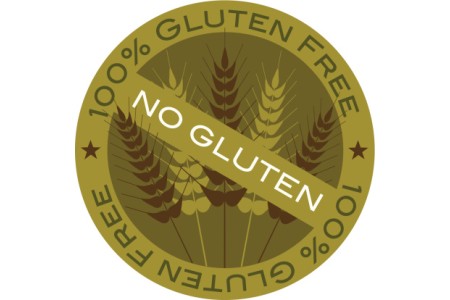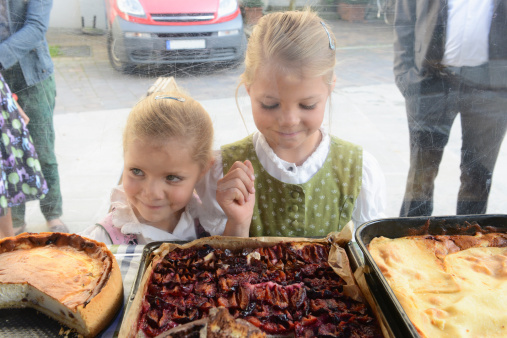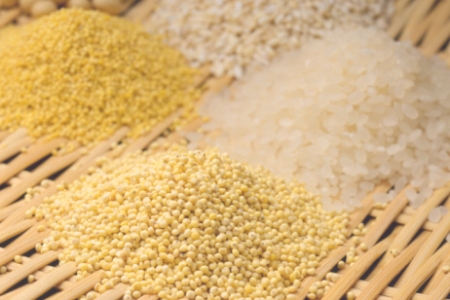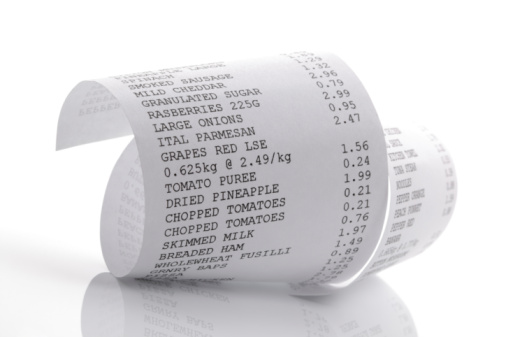Have you noticed how that a gluten-free diet is expensive? You may have to eat gluten-free because you have celiac disease or have a gluten sensitivity or perhaps you choose to eat gluten-free to be healthier.
If you eat gluten-free than like many, you may be stressed by the high cost of gluten-free products.
“It can be twice as expensive to eat gluten-free. Our surveys tell us this is the number-one stressor for celiac patients.” says Alice Bast, president of the National Foundation for Celiac Awareness.
On average, gluten-free products are 242% more expensive than regular products. Canada’s Dalhousie Medical School compared prices of 56 gluten-free items with ordinary grocery items containing gluten.
- The average unit cost of the gluten-free product – $1.71
- The average unit cost of the gluten containing products – $.61
Examples: Betty Crocker gluten-free chocolate brownie mix costs 38¢ per ounce and regular fudge-brownie mix is 16¢ per ounce. Gluten-free crackers are 467% more than a Ritz for every 100g.

Why Do Gluten-Free Products Cost More?
- One reason that gluten-free products are expensive is that every ingredient must be free from contamination from the field to the processing -to the packaging plant.
- Manufacturers have costs to implement strict guidelines for certifying and labeling GF.
- A gluten-free loaf will have over 20 ingredients in its recipe, mostly to compensate for the lack of wheat. These ingredients cost about two to three times that of an equivalent conventional loaf. – National Association of British and Irish Millers Flour Milling 2012
- The big money to be made selling gluten-free to those who need it or want it may be the main reason.
Big Money to be Made Selling Gluten Free Products!
- It is estimated that $7 billion will be spent by Americans this year on foods labeled gluten-free. – Consumer research firm Mintel.
- 55% spend 30% or more on their grocery budget for gluten-free foods. (2008 Understanding Gluten-Free Shoppers’ Survey)
- 57% have tried ten or more new gluten-free products in the last year.
- Between 2005 and 2010 gluten-free products grew by nearly 80 percent.
With those facts, there is motivation to cash in on this gluten-free trend. This is big business for food manufacturers to produce more gluten-free products. General Mills now offers more than 300 gluten-free lines including Pillsbury dough.

We Pay For These Products Because We Fear Being Deprived
No one wants to have to do without their usual wheat toast, or cereal or cookies or sandwich or pie. Eating wheat 3-5 times a day is not unusual. Eating all that wheat is not healthy for anyone.
A healthy balanced diet consists of a wide range of foods not one food but a number of times a day. Dr. William Davis, author of “Wheat Belly” popularized the idea that the current mass-produced wheat causes problems ranging from arthritis to schizophrenia to weight gain.
7 Ways to Save Money Being Gluten-Free
- Stop Buying Packaged Products – instead of whole grains.
Some of the poorest populations in the world live quite happily on gluten-free rice and millet. Try other gluten-free grains like quinoa and buckwheat.

- Make Your Own Flour Mixtures:
The flours I use in my baking are brown rice, potato, chickpea and a little arrowroot. I DON’T waste my money buying starches since they are almost like buying sugar (see below) - Eat fresh whole foods. All Fresh fruits, vegetables, nuts, seeds, beans, lentils, eggs, chicken, fish, and meats are gluten-free. Make your diet based on fresh vegetables, nuts, fruit and whole gluten-free grains. Here I am in an interview talking about how to do it.
- Buy in bulk. A big bag of brown rice flour did cost me at the time but now I am all stocked up for the next 6 months.
- Buy online. Find out if the ingredient you like will be sold to you directly to. It’s often much less expensive than buying at the grocery store.
- Keep your receipt. Many stores will refund you. Just bring it back and tell them you did not like it. I hear Safeway has launched the “Gluten-Free Eating Right” line where a 100% money back guarantee if you’re not happy with your purchase.
- File your taxes. Canadians diagnosed with Celiac disease can claim the cost of gluten-free foods as a medical expense. Rules for claiming medical expenses in the United States are varied. To qualify you’ll have to have a blood test and perhaps offer a biopsy as proof that your gut can’t handle gluten.

Gluten-free cupcakes sound more healthy but are loaded with sugar and starches.
Most Gluten-Free Products Are Unhealthy and Fattening
People are getting fat from eating store bought and homemade gluten-free goodies.
Gluten-free foods can be higher in calories than the wheat-based products because they are filled with 30% to 70% starch and lots of sugar. Check out all the other dangers of gluten-free products.
If you are gluten-free:
- Learn about the 11 Gluten-Free Grains as alternatives and their many benefits.
- Check out Diana’s Gluten-Free Recipes. I have spent years creating healthy gluten-free meals and yummy baked goods without all the starch and sugar. Make sure you are subscribed to the newsletters for the latest recipes.
- Consider doing one of my Healthy Online Courses to learn HOW to cook gluten-free. All of the recipes for the courses are gluten-free.



Great article on the hight cost of GF food.
I would like to post it on our site and thought you might like to know more about Pierce’s Pantry which serves as a gluten free food bank . www.piercespantry.com.
yours
Tracy Keegan
Tracy, you can repost it with all the links and crediting the author. I am interested in know more and will check out your site in more detail later.